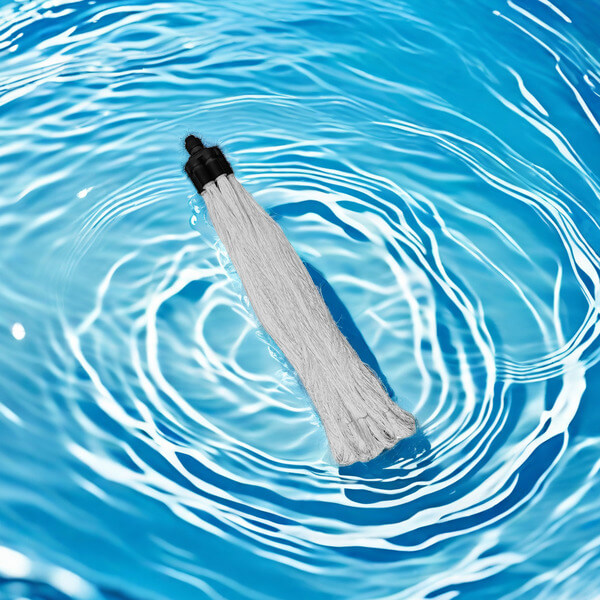MBR membrane treatment process has various applications
MBR membrane treatment process is an advanced water treatment technology that has been widely applied in the field of wastewater treatment in recent years. MBR stands for membrane bioreactor, which combines membrane separation technology and biological treatment process, and has the advantages of high treatment efficiency and excellent effluent quality. With the continuous improvement of environmental protection requirements, MBR membrane treatment process has gradually become the mainstream choice for sewage treatment.
The core of MBR membrane treatment process lies in the use of membranes. Traditional sewage treatment methods often rely on physical means such as sedimentation and filtration, while MBR membrane treatment processes effectively intercept suspended solids and microorganisms in sewage through the microporous structure of the membrane. This process not only improves the efficiency of sewage treatment, but also significantly reduces the generation of sludge. This efficient separation capability makes MBR membrane treatment process perform well in treating high concentration wastewater.

The effluent quality of MBR membrane treatment process is excellent and can meet stricter discharge standards. Due to the filtering effect of the membrane, organic matter, nitrogen and phosphorus pollutants in water can be effectively removed, thereby ensuring the cleanliness of the effluent. This characteristic has led to the widespread application of MBR membrane treatment technology in industrial wastewater treatment and urban sewage treatment, especially in situations that require extremely high water quality, such as reuse water systems and landscape water treatment.
The MBR membrane treatment process also has certain advantages in operational management. Due to the use of membranes, MBR membrane treatment processes can achieve a high level of automation, reducing the need for manual intervention. This not only improves processing efficiency, but also reduces operating costs. The MBR membrane treatment process has a relatively small footprint and is suitable for application in areas with scarce land resources such as cities.
The MBR membrane treatment process also faces some challenges. For example, fouling of the membrane is one of the key factors affecting its long-term stable operation. To address this issue, researchers are constantly exploring new membrane materials and cleaning techniques to improve the lifespan and processing efficiency of membranes. The initial investment of MBR membrane treatment process is relatively high, which to some extent limits its promotion in some places.
Despite some challenges, the prospects of MBR membrane treatment technology are still broad. With the continuous advancement of technology and the gradual reduction of costs, MBR membrane treatment process is expected to be widely applied in the future. With the increasing global attention to water resource protection and environmental governance, MBR membrane treatment technology will become an important tool for achieving sustainable development.
The MBR membrane treatment process, as an efficient and environmentally friendly water treatment technology, is gradually changing the traditional sewage treatment mode. Through continuous optimization and innovation, MBR membrane treatment technology will make greater contributions to the rational utilization of water resources and environmental protection.
